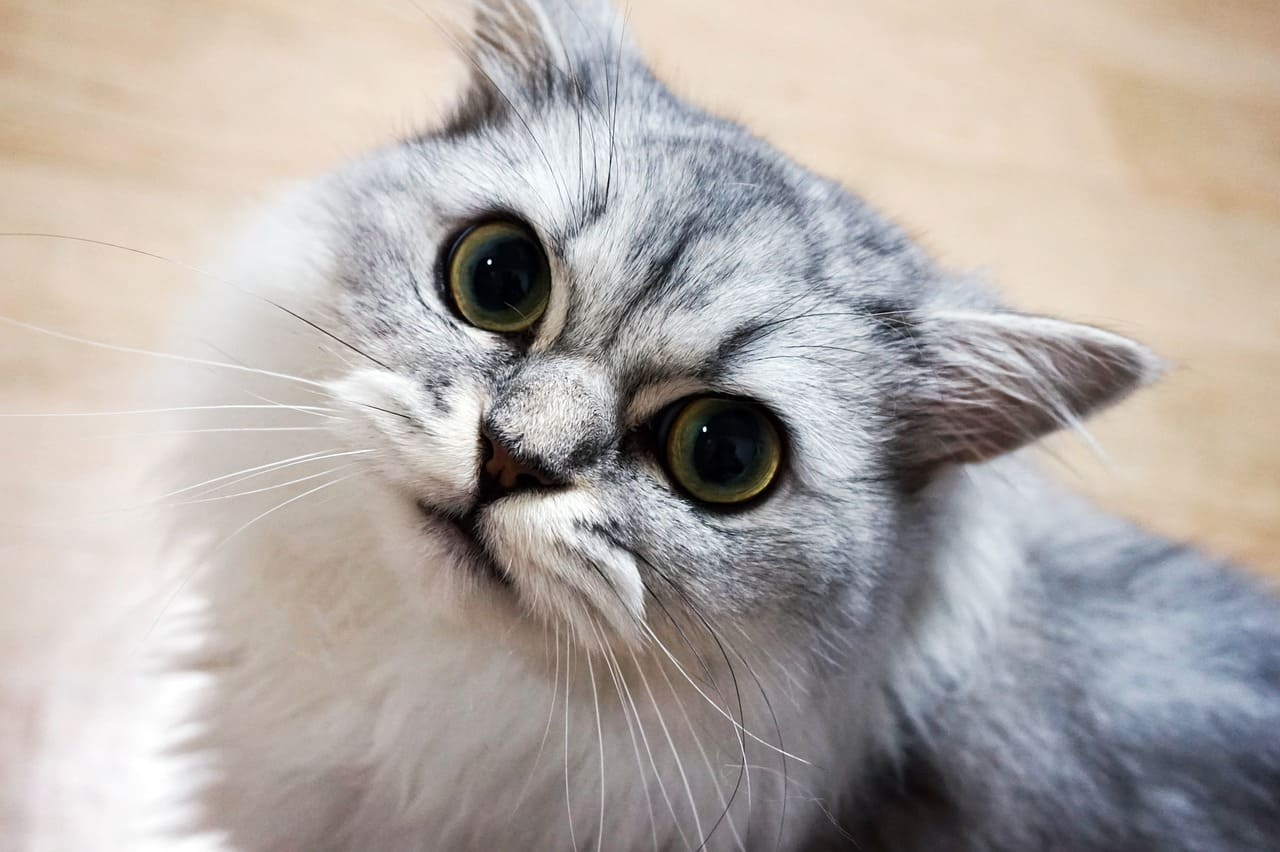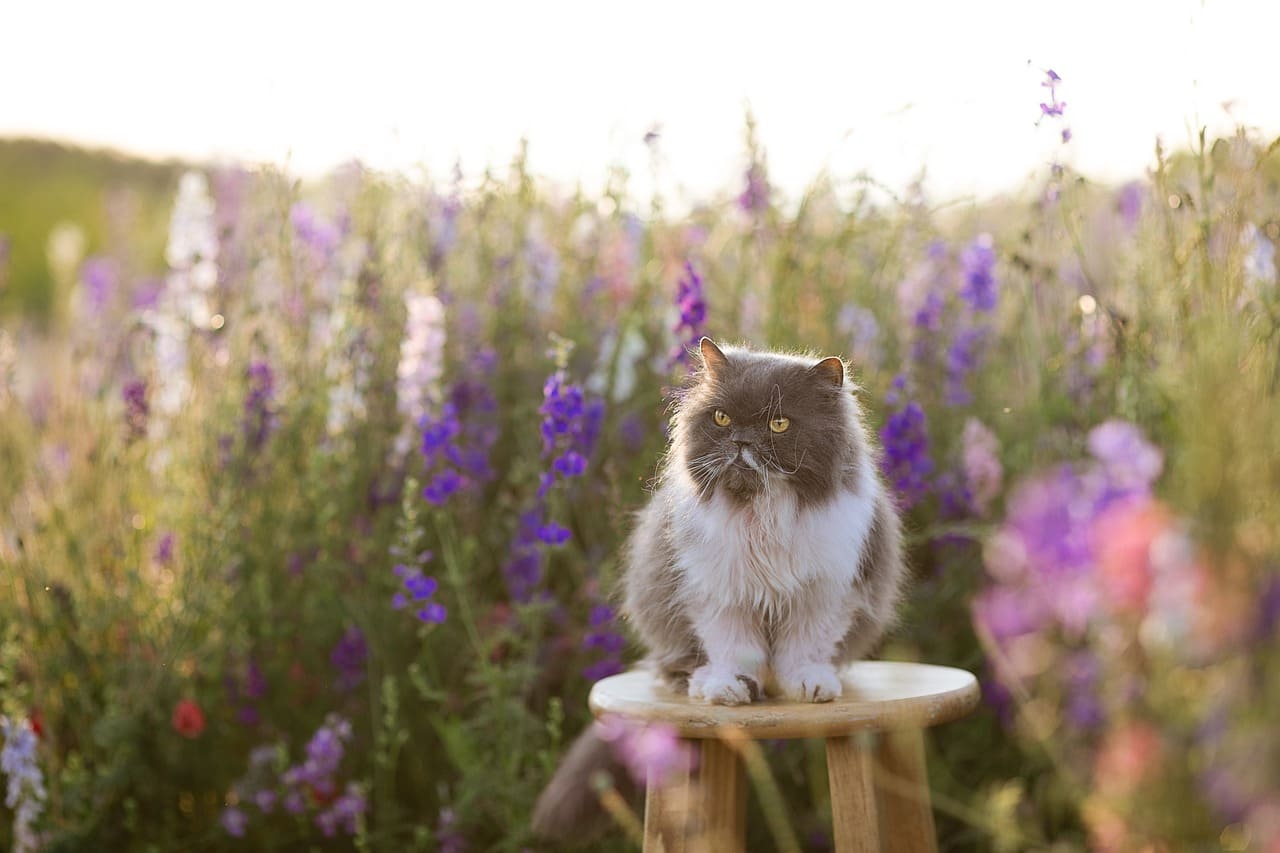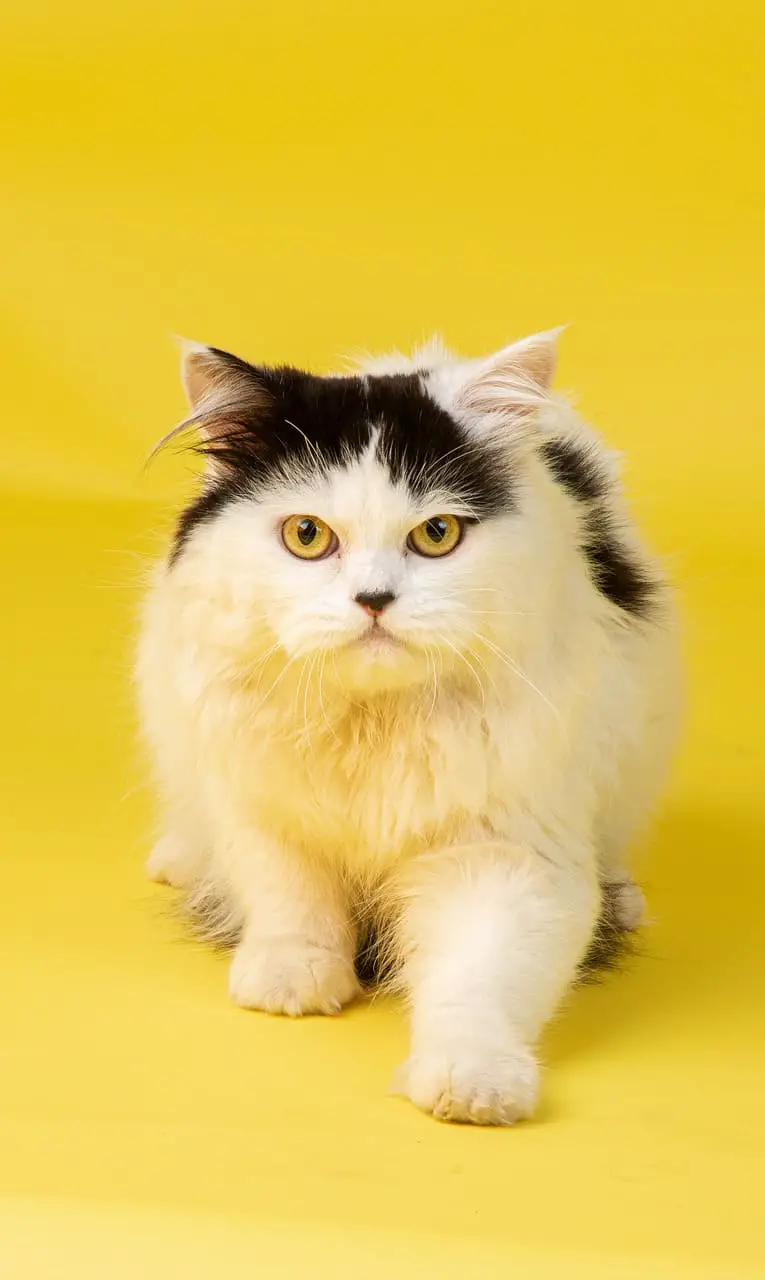The Persian cat, with its luxurious long coat and sweet personality, is a breed that exudes elegance and charm. Known for its distinct appearance and calm nature, the Persian cat has captured the hearts of cat lovers worldwide. In this comprehensive article, we will delve into the history, physical characteristics, temperament, care requirements, and more about the Persian cat breed.
History and Origins

The Persian cat boasts a rich history that dates back centuries. Its origins can be traced to the Middle East, where its striking appearance and placid demeanor earned it a place of honor in various civilizations. Here’s a glimpse into the history of the Persian cat:
Ancient Roots
The Persian cat’s history can be traced to Persia, which is modern-day Iran. The breed’s beginnings are shrouded in antiquity, with references to long-haired cats in Persian manuscripts that date back to the 1600s. These cats were treasured for their beauty and gentle temperament.
Arrival in Europe
In the 1600s, these long-haired cats began to make their way to Europe, where they quickly gained favor among nobility and aristocracy. The breed’s association with the aristocracy led to its cultivation and refinement, resulting in the distinctive Persian cat we know today.
Emergence of Breeds
In the 1800s, as cat breeding practices advanced in Europe, distinct breeds emerged. One of these breeds was the Persian cat, celebrated for its long, luxurious coat and sweet disposition. This marked the official recognition of the Persian cat as a breed.
Evolution and Recognition
Over the years, the Persian cat breed underwent further development, leading to variations in coat color and patterns. In the late 19th century, the Cat Fanciers’ Association (CFA) officially recognized the Persian cat as a breed, solidifying its place in the world of purebred cats.
Physical Characteristics
The Persian cat is celebrated for its lush, long coat and its characteristic flat, round face. Here are the key physical characteristics of the Persian cat breed:
Coat
The most distinguishing feature of the Persian cat is its long, thick, and luxurious coat. The coat is soft and fine, with a silky texture. It comes in a wide range of colors and patterns, including solid colors, bi-color, and colorpoint patterns.
Body Type
Persian cats have a medium to large-sized body with a stocky build. They are known for their round body shape, short legs, and a bushy tail. The breed’s legs are short and sturdy, with large, rounded paws.
Head and Face
The head of a Persian cat is round and set atop a short, thick neck. The breed’s eyes are large and expressive, with a sweet and gentle expression. The eyes can come in various colors, depending on the coat color. Persian cats have a distinctive flat face, known as a “brachycephalic” facial structure, with a short nose and a rounded forehead. The breed’s ears are small and rounded.
Size and Weight
Persian cats are typically medium to large-sized, with males generally weighing between 9 to 14 pounds (4 to 6.3 kg) and females ranging from 7 to 11 pounds (3.2 to 5 kg). Their size and weight are in proportion to their stocky and rounded body type.
Temperament and Personality
Persian cats are celebrated for their sweet and gentle temperament. They are known for their calm and placid nature, making them ideal lap cats and companions. Here are some key characteristics of their temperament:
Gentle
Persian cats are exceptionally gentle and enjoy a quiet and peaceful environment. They are well-suited for families and individuals seeking a calm and tranquil feline companion.
Affectionate
These cats are highly affectionate and enjoy cuddling and spending time with their human family members. They are known for forming strong bonds with their owners.
Playful
While Persian cats have a relaxed disposition, they can also be playful and enjoy interactive toys and games. However, their playfulness is usually more subdued compared to some other breeds.
Low Activity Level
Persian cats are not known for their high activity levels. They prefer lounging and relaxing, making them ideal for households where a calm and tranquil atmosphere is desired.
Tolerant
Persian cats are generally tolerant of children and other pets. They tend to get along well with other animals and can adapt to various living situations.
Quiet
Persian cats are not particularly vocal and tend to be quiet in their communication. They may engage in soft and gentle meows to express their needs or desires.
Care and Maintenance

Taking care of a Persian cat involves providing proper nutrition, grooming, and regular veterinary care. Here are some key considerations for maintaining their health and well-being:
Diet
A high-quality cat food is essential for Persian cats. They should be fed a balanced diet that provides the necessary nutrients for their specific life stage, whether it’s kitten, adult, or senior. Consult with your veterinarian to determine the right type and amount of food for your cat.
Grooming
Persian cats have a long and high-maintenance coat. Regular grooming is crucial to prevent matting and keep the coat in optimal condition. Daily brushing is recommended to prevent tangles and maintain the coat’s luster. It’s also important to trim their nails, clean their eyes, and maintain dental care as part of their grooming routine.
Health
Persian cats are prone to certain health issues, including brachycephalic syndrome, dental problems, and kidney disease. Regular veterinary check-ups are crucial for monitoring their overall health and addressing any potential issues. Weight management is also important for their overall health maintenance.
Exercise
While Persian cats are not highly active, they benefit from some level of exercise to prevent obesity. Interactive toys, feather wands, and play sessions can help provide them with stimulation and some physical activity.
Litter Box
Ensure that your Persian cat has access to a clean and easily accessible litter box. Regular cleaning and scooping are necessary to ensure their hygiene and prevent any litter box aversions.
Safety
Persian cats are less likely to explore their surroundings and may prefer a calm indoor environment. Ensure your home is safe by removing potential hazards and providing a tranquil atmosphere that suits their temperament.
Common Myths and Misconceptions
There are some myths and misconceptions about Persian cats that should be addressed:
Myth: Persian cats are high-maintenance and require constant grooming.
Reality: While Persian cats have long coats that need regular grooming, daily brushing can help prevent matting and make grooming more manageable. It’s not as daunting as some may think.
Myth: Persian cats are prone to aggressive behavior.
Reality: Persian cats are known for their gentle temperament and are not prone to aggression. They are generally calm and placid.
Myth: Persian cats are not playful and lack energy.
Reality: Persian cats can be playful, but their playfulness tends to be more relaxed compared to some other breeds. They may enjoy interactive toys and games.
Breeding and Genetics
Breeding Persian cats involves adhering to specific breeding standards to preserve the breed’s distinctive coat color, pattern, and temperament. To produce purebred Persian cats, breeders focus on maintaining the breed’s characteristics. Here are some key points about breeding and genetics:
Coat Color and Pattern
Persian cats come in a wide range of coat colors and patterns, including solid colors, bi-color, and colorpoint patterns. Breeders select for cats with the desired coat color and pattern to maintain the breed’s diversity.
Breeding Standards
Reputable breeders adhere to strict breeding standards to preserve the breed’s integrity. This includes ensuring that the kittens have the correct coat color, pattern, and physical characteristics, such as the round head and short nose. Breeding for health and temperament is also a priority.
Registration
Persian cats are recognized by various cat associations, including The Cat Fanciers’ Association (CFA) and The International Cat Association (TICA). To register a Persian cat with these organizations, breeders must adhere to their breeding and registration requirements.
Health Testing
Responsible breeders conduct health testing to screen for genetic disorders that can affect Persian cats, such as dental problems and kidney disease. Regular veterinary care and responsible breeding practices are essential to ensure the health and well-being of the kittens and their future owners.
Finding a Persian Cat
If you’re interested in adding a Persian cat to your family, there are several options for finding one:
Reputable Breeders
Contacting a reputable breeder is one of the best ways to acquire a purebred Persian cat. Look for breeders who are registered with cat associations, follow ethical breeding practices, and prioritize the health and well-being of their cats.
Rescue Organizations
You can also consider adopting a Persian cat from a rescue organization or shelter. While purebred Persian cats may be less common in rescues, it’s possible to find a cat with Persian characteristics in need of a loving home.
Cat Shows
Attending cat shows and expos can be a great way to meet breeders, see Persian cats in person, and learn more about the breed. It’s also an opportunity to ask questions and gather information about potential breeders.
Conclusion

The Persian cat, with its majestic long coat, sweet disposition, and tranquil elegance, has earned its place as a cherished and captivating breed. Whether you acquire one through a reputable breeder or choose to adopt from a rescue, a Persian cat is sure to bring luxury and beauty to your home. Their affectionate and gentle nature makes them wonderful companions, and their exquisite appearance has endeared them to cat enthusiasts worldwide.
